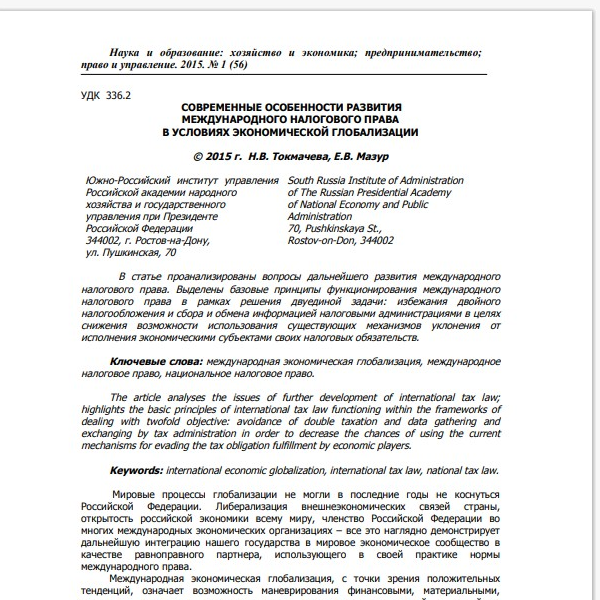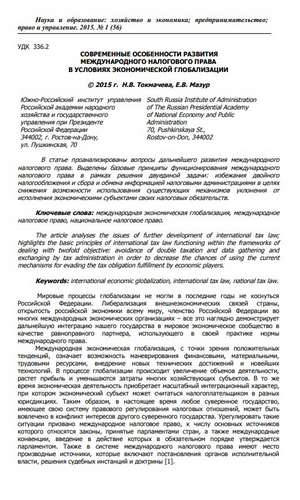Описание
Введение
Целью данного исследования было провести сравнительный анализ поверхностей дентальных имплантатов, обработанных технологиями SLA (Sand Blasted, Large-grit, Acid-etched) и RBM (Resorbable Blasted Media), с целью выявления их положительных и отрицательных характеристик. Также исследование ставит задачу разработки нового процесса наречения Clean & Porous, который объединяет преимущества обеих технологий и устраняет их недостатки, достигая идеальной остеоинтеграции. Актуальность этого исследования определяется тем, что остеоинтеграция играет ключевую роль в успешности дентальных имплантатов, а современные достижения в области технологического процесса могут значительно улучшить показателей приживаемости имплантатов.
Методология
Для достижения поставленных целей использовались методы сканирующей электронно-микроскопической (SEM) и рентгеновской энергодисперсионной спектроскопии (EDS). Расширенный анализ пораженных поверхностей был проведен на дентальных имплантатах компаний Straumann, Alfa-Bio, DIO и Finish Line. RESEARCH INTO LABORATORY CONDITIONS была специально организована для выявления качественной и количественной оценки всех параметров, включая чистоту и структурную организованность поверхностей. Обоснование выбора этих методов связано с их возможностью дать точные и объективные данные о топографии и химическом составе исследуемых образцов.
Основные результаты
Исследование показало, что имплантаты, обработанные методом SLA, характеризуются хорошей пористостью и шероховатостью, что способствует остеоинтеграции. Однако, обнаружены случаи загрязнения частицами окиси алюминия, что значительно ухудшает процесс интеграции. В то же время, метод RBM обеспечивает высокую степень чистоты поверхности, но ее топография лишена организованных кратеров, что также негативно сказывается на интеграции. Разработанный метод Clean & Porous, как выяснили авторы, позволяет достичь идеального сочетания поверхностной грубости и чистоты, что способствует лучшему контакту между имплантатом и костной тканью.
Обсуждение и интерпретация
Авторы интерпретируют полученные результаты как подтверждение значимости качественной обработки поверхностей для успешной остеоинтеграции. Сравнение данных с предыдущими исследованиями демонстрирует, что в то время как SLA и RBM показывают определенные результаты, новый метод Clean & Porous превосходит оба, обеспечивая лучшие клинические результаты. Однако, следует отметить, что методы SLA и RBM продолжают быть популярными, но новое исследование подчеркивает необходимость дальнейшего анализа и доработки технологий.
Заключение
Основные выводы исследования заключаются в том, что контроль за поверхностью имплантата непосредственно влияет на его остеоинтеграцию. Практическая значимость результатов заключается в том, что разработка нового метода Clean & Porous позволяет значительно улучшить успехи в области дентальной имплантологии, создавая надежное основание для дальнейших исследований. Ограничениями исследования являются необходимость проведения дополнительных клинических испытаний для подтверждения полученных результатов. В будущем будут полезны дополнительные исследования, касающиеся взаимодействия материалов и тканей, а также влияние на длительность заживления после установки имплантатов.
Ключевые слова и термины
дентальные имплантаты, SLA, RBM, остеоинтеграция, структурированная пористая поверхность, Clean & Porous.
Библиография
Павленко, А. Б., и др. "Поверхность импланта, её роль и значение в остеоинтеграции". Современная стоматология. Cochran, D. L. et al. "Bone response to unloaded and loaded titanium implants". Journal of Biomedical Materials Research. Esposito, M., и др. "Interventions for replacing missing teeth". Cochrone Database Sys Rev.


Отзывы
Отзывов пока нет.